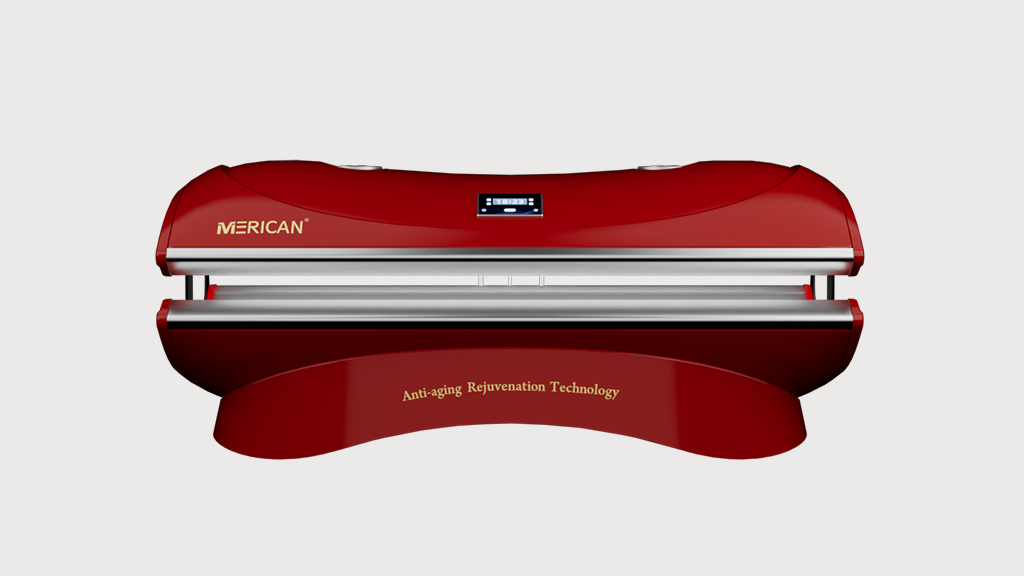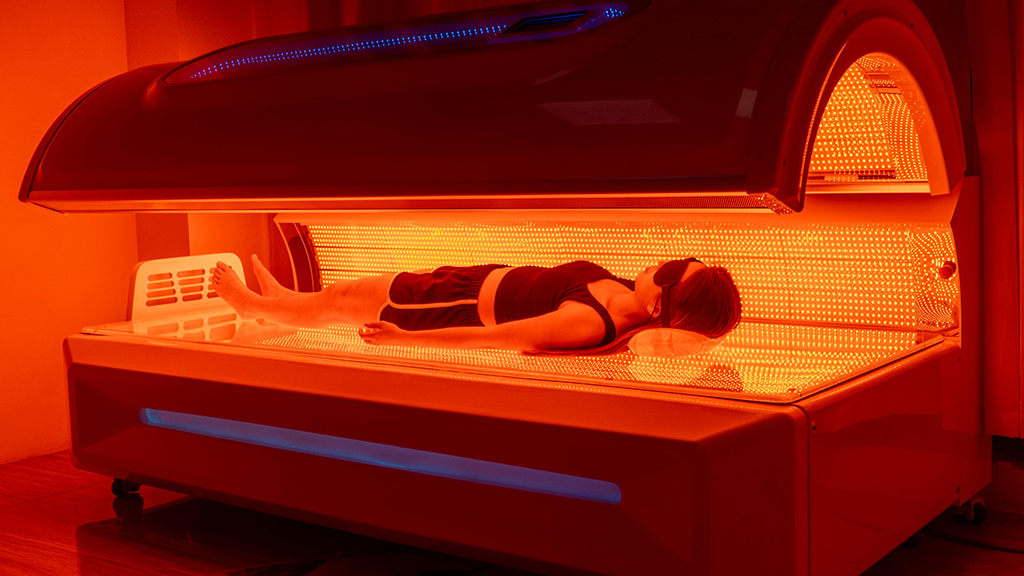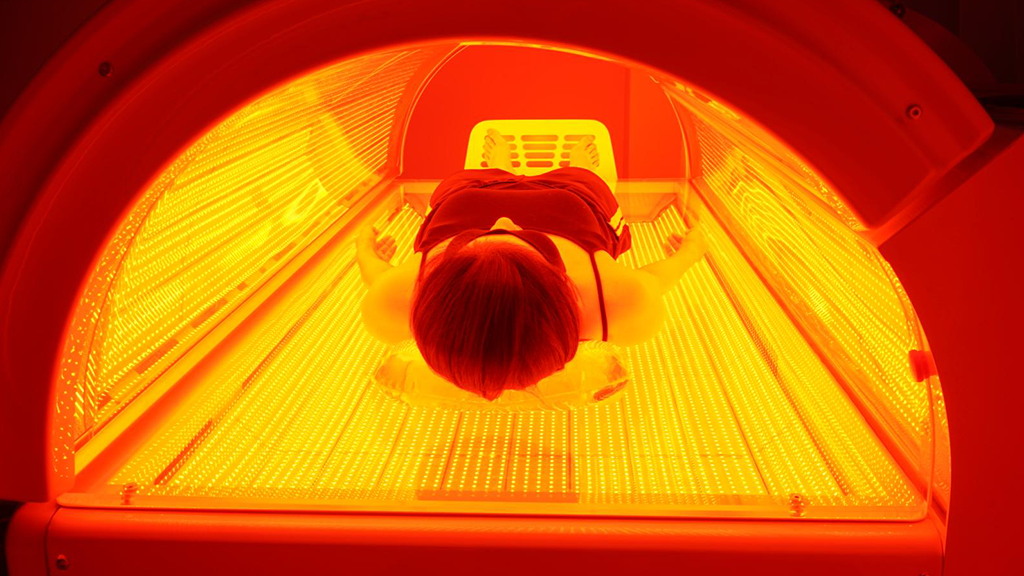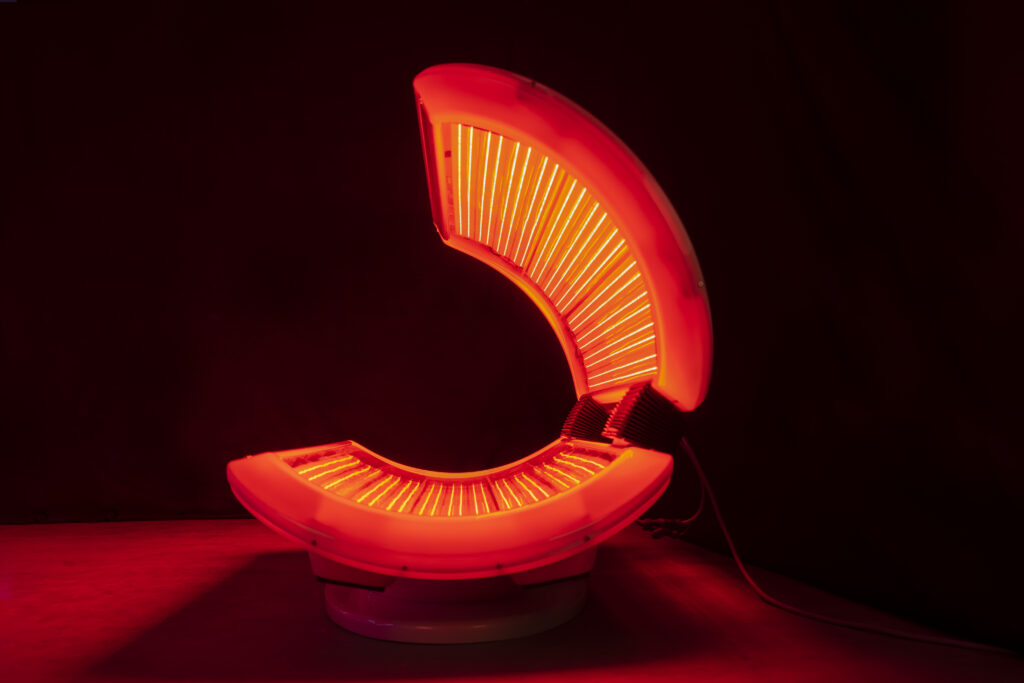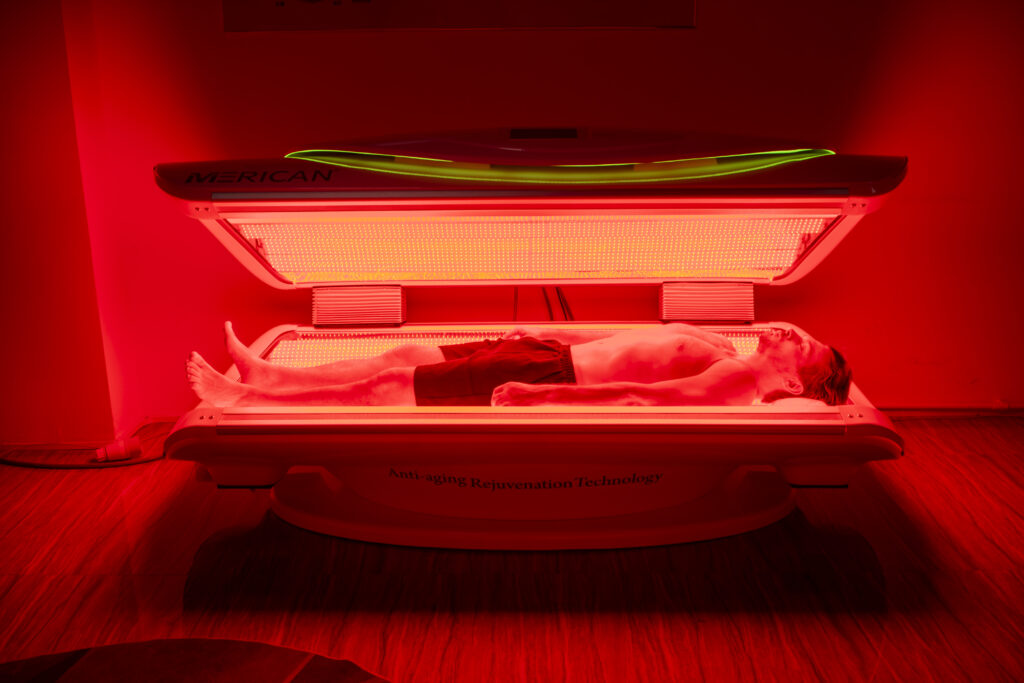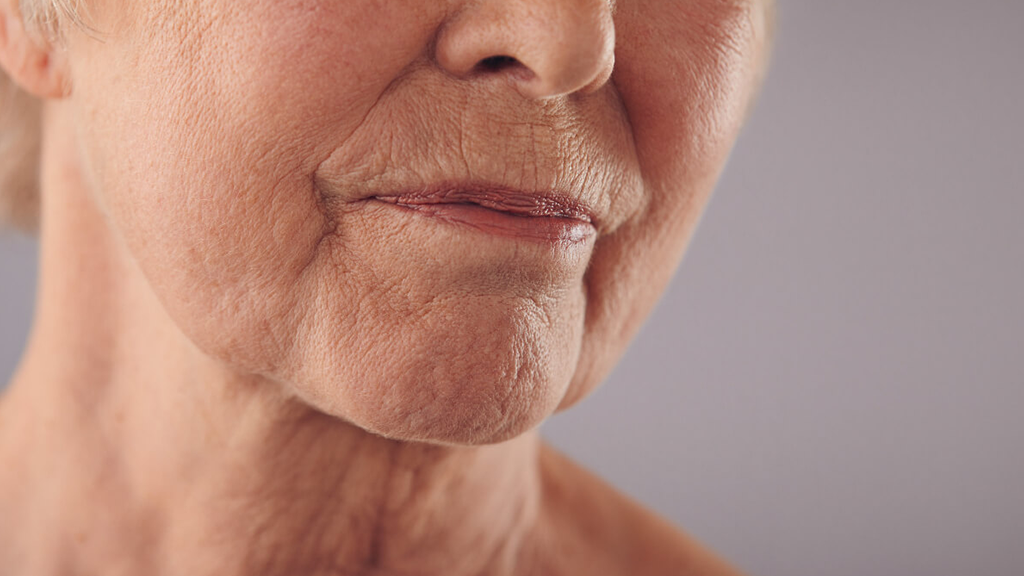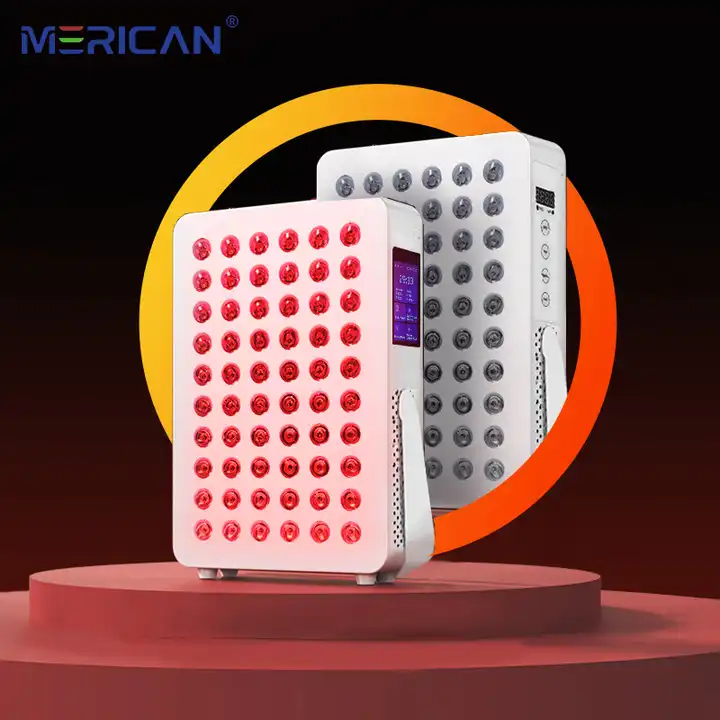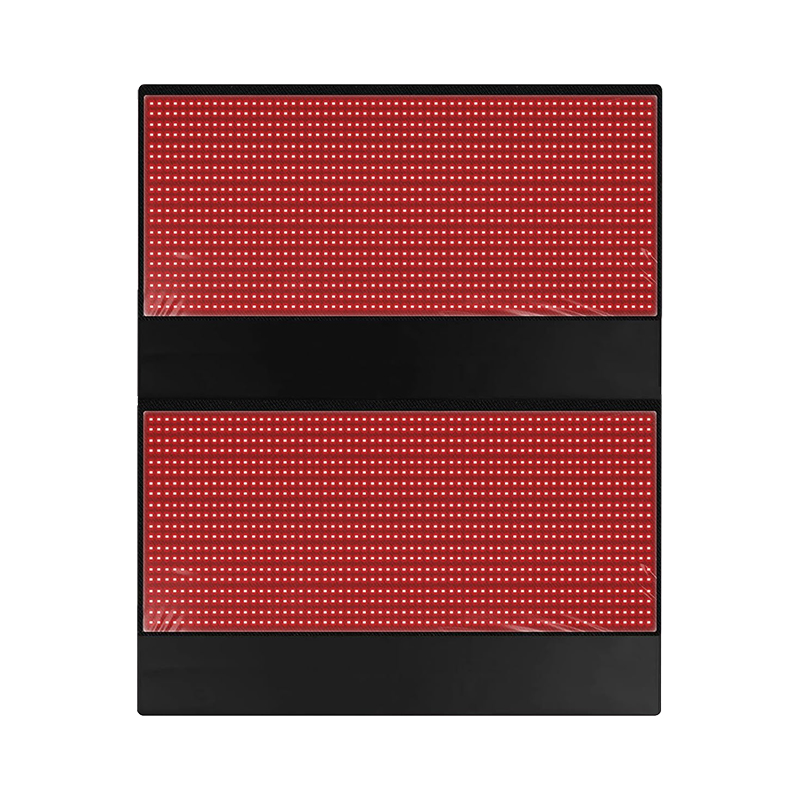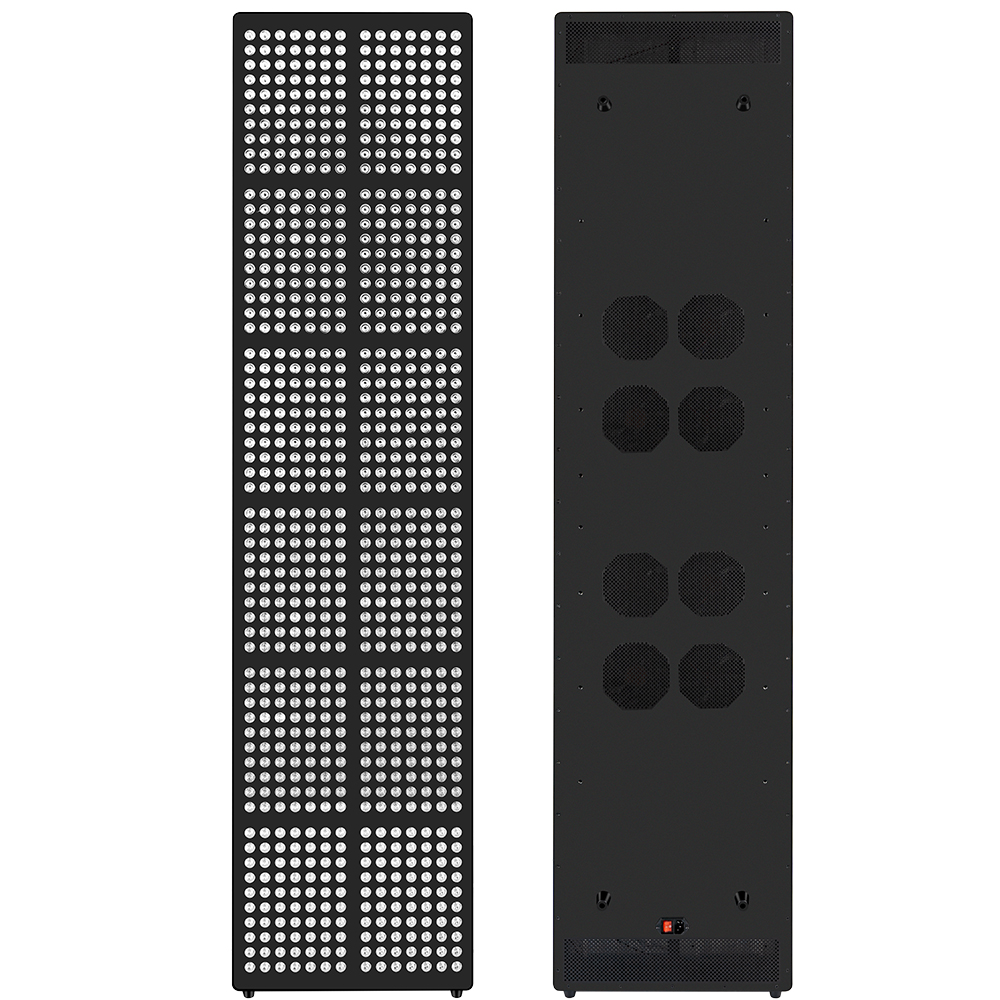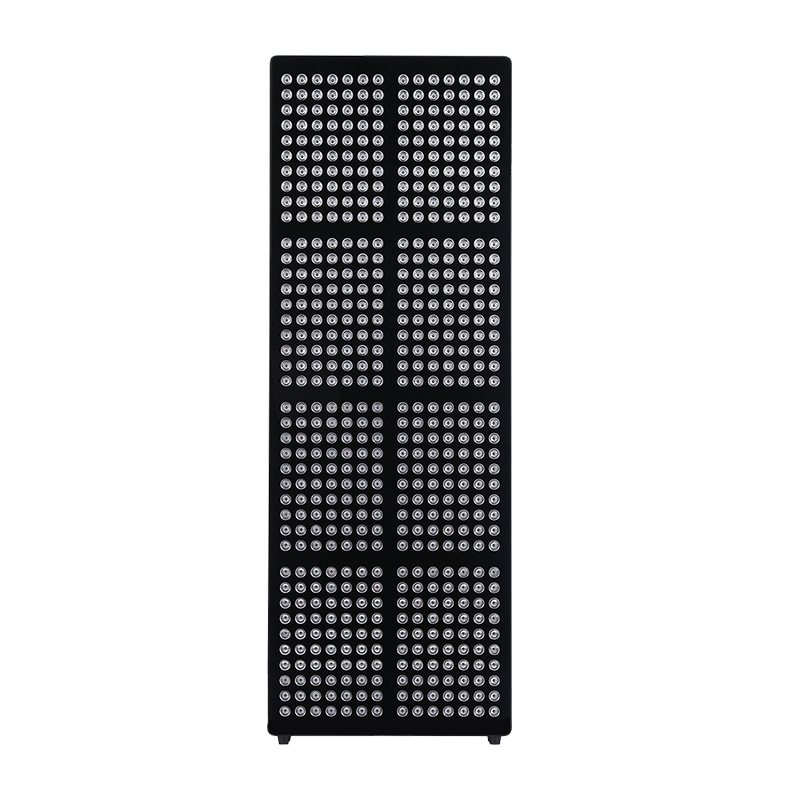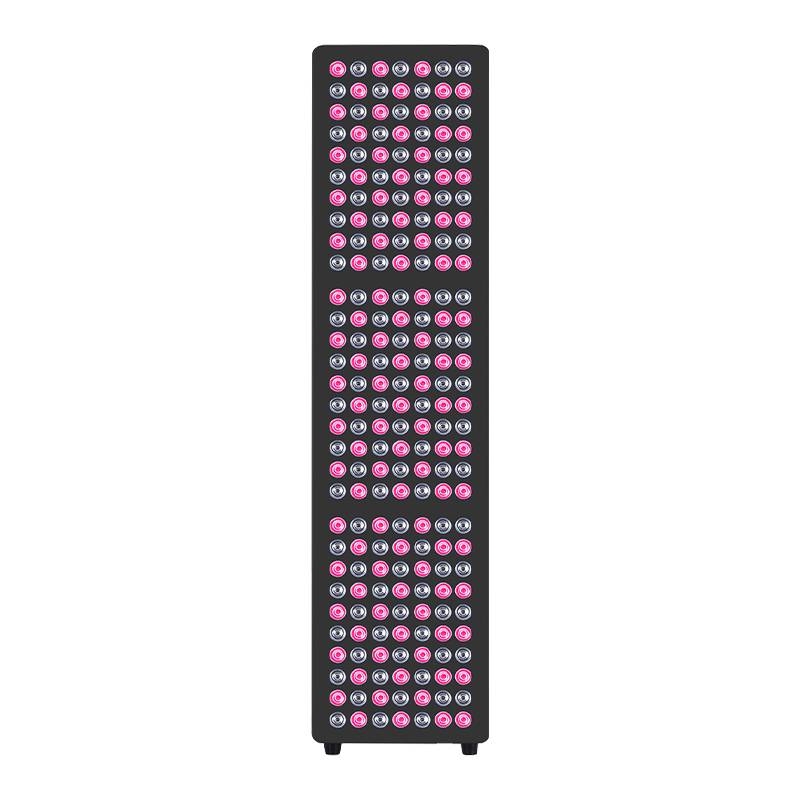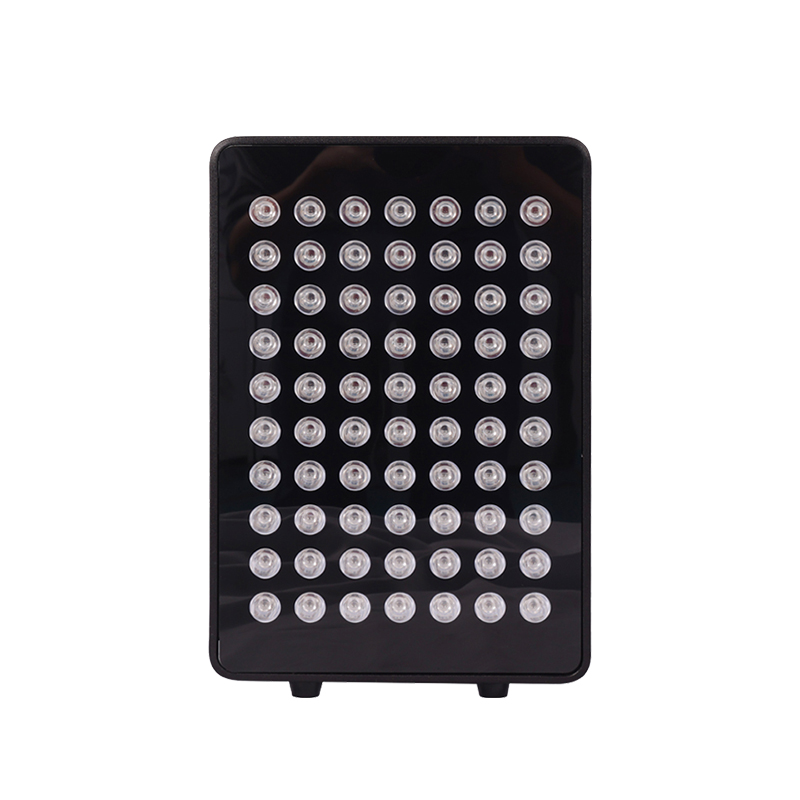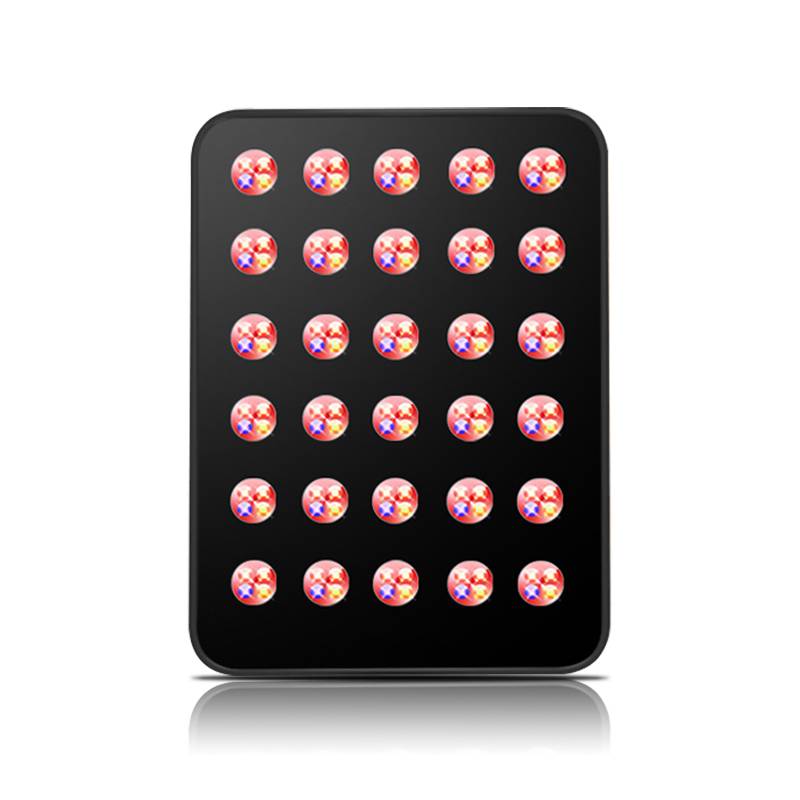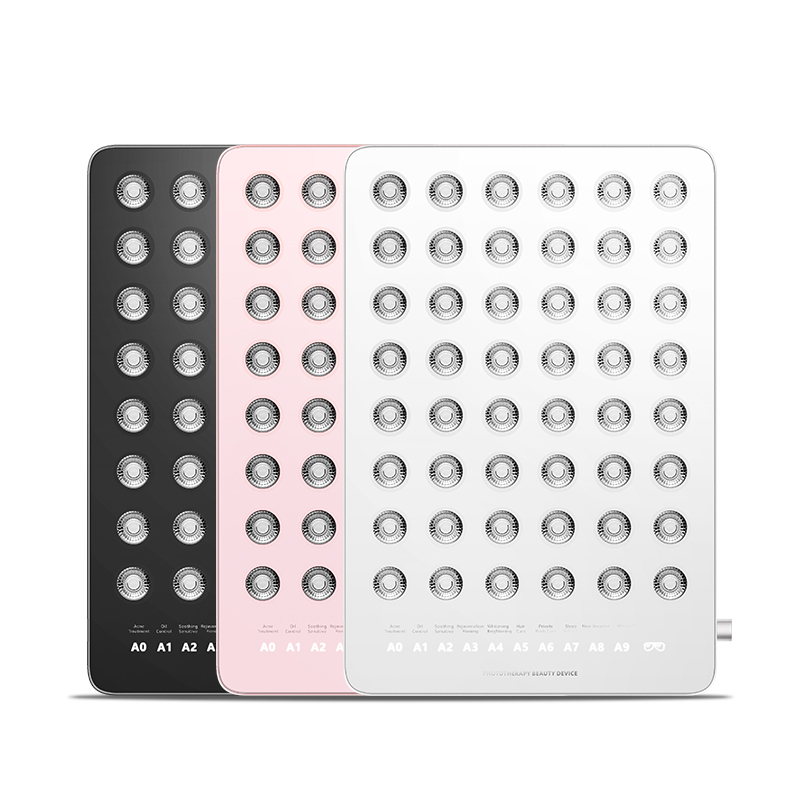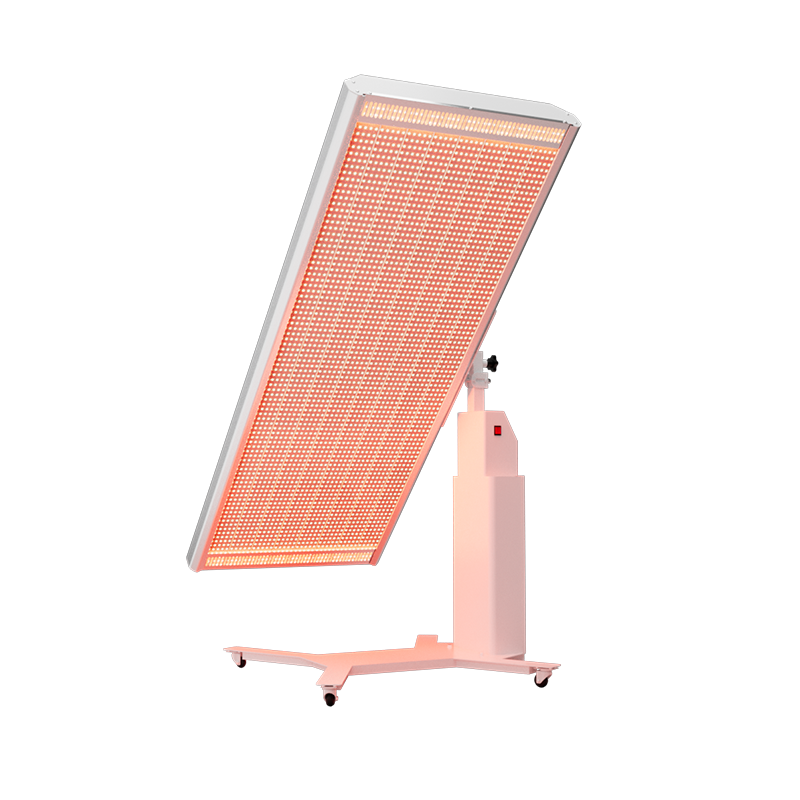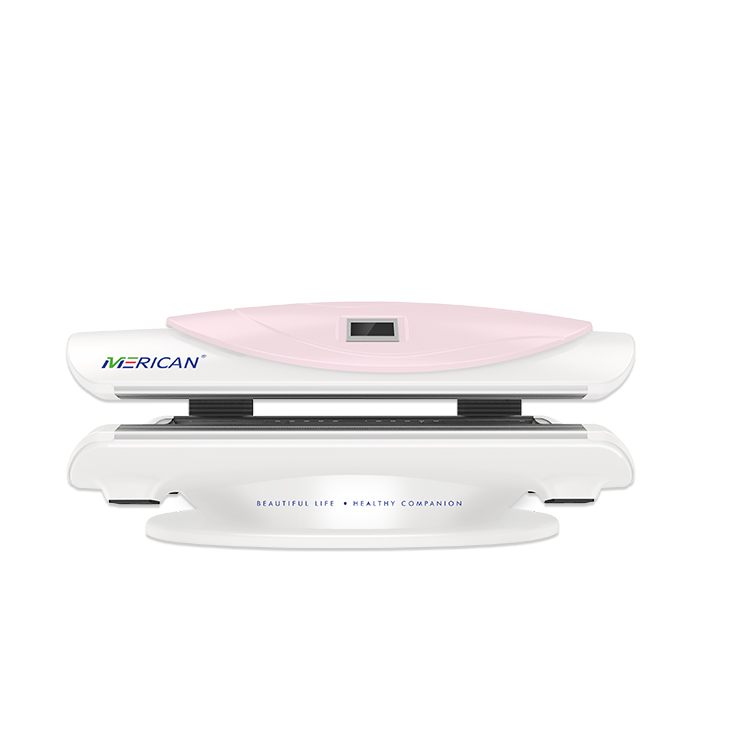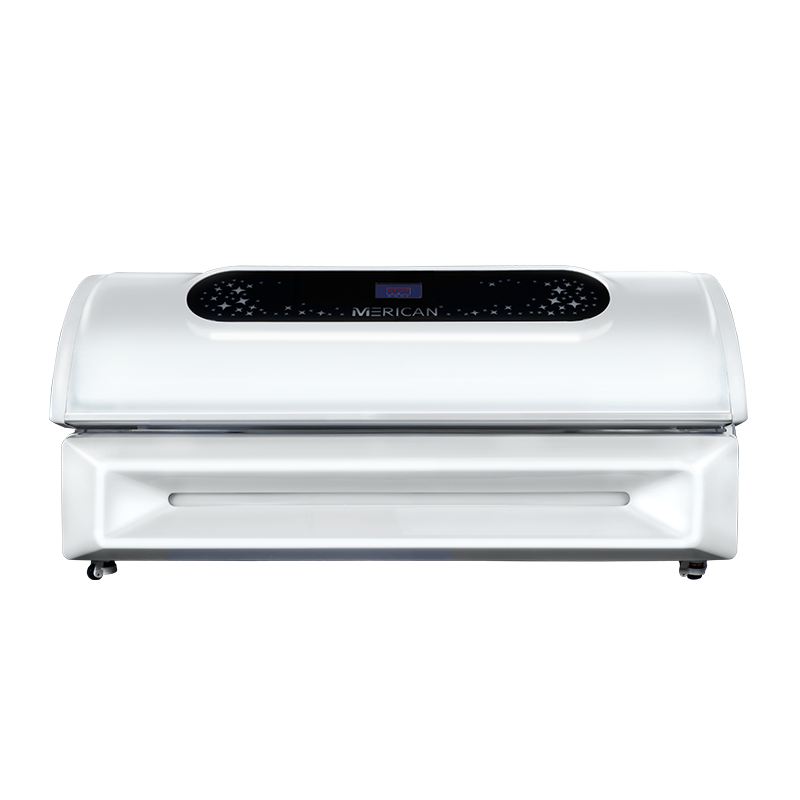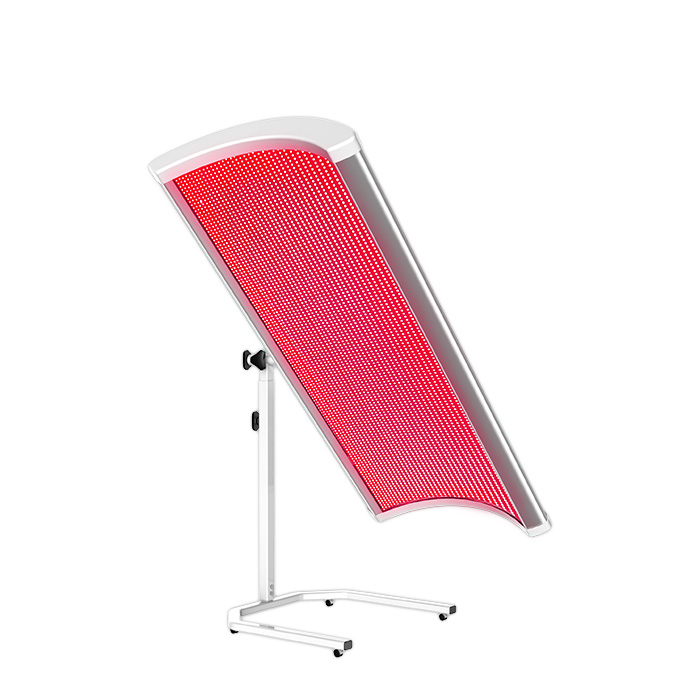- Principle of Red Light Therapy
Red Light Therapy (RLT) uses specific wavelengths of visible red light (600–700nm) and near infrared light (700–1100nm) to stimulate cell mitochondria through photobiomodulation (PBM), producing the following key reactions:
Mitochondrial activation
Red light/NIR is absorbed by cytochrome C oxidase (key mitochondrial enzyme) in cells, promoting ATP (energy molecule) synthesis and enhancing cell repair and regeneration capabilities.
Antioxidant and anti-inflammatory
Reduce reactive oxygen species (ROS) and reduce oxidative stress.
Inhibit pro-inflammatory factors (such as TNF-α, IL-6) and relieve chronic inflammation.
Improve microcirculation
Promote the release of nitric oxide (NO), dilate blood vessels, and increase blood flow.
Collagen and elastin synthesis
Red light (especially 660nm) directly stimulates fibroblasts and promotes collagen regeneration.
- Main effects of red light therapy
- Skin health and anti-aging
Reduce wrinkles and fine lines: by stimulating collagen (clinical studies show an increase of 30-40%).
Improve acne and acne scars: 660nm red light inhibits Propionibacterium acnes and reduces inflammation.
Repair light damage: reduce pigmentation and erythema caused by ultraviolet rays.
- Pain management and sports recovery
Relieve muscle soreness (DOMS): 850nm near-infrared light penetrates deep tissues and accelerates lactic acid clearance (studies show that recovery time is shortened by 50%).
Arthritis and joint pain: reduce joint synovitis and improve mobility (such as 40-60% reduction in pain in patients with knee arthritis).
- Wound healing and tissue repair
Accelerate wound healing: such as diabetic foot ulcers and postoperative wounds (healing speed increased by 2 times in clinical trials).
Reduce scars: inhibit excessive fibrosis and promote normal tissue regeneration.
- Other potential benefits
Improving hair loss: Stimulating hair follicle stem cells (650nm red light is used for androgenic alopecia).
Neuroprotection: Near infrared light (810nm) may improve brain function (in studies on Alzheimer’s disease and stroke).
Sleep and mood regulation: By regulating melatonin and serotonin levels.
三、Application differences between red light and near-infrared light
| Wavelength | Penetration depth | Best application scenarios |
|---|---|---|
| 660nm red light | 1–5 mm | Anti-aging, acne, epidermal repair |
| 850nm near-infrared | 5–10 cm | Muscle pain, deep arthritis, brain health |
| Dual wavelength combination | Full coverage | Comprehensive anti-aging + deep repair (recommended first choice) |
Summary: Red light therapy is a non-invasive, painless, and side-effect-free physical therapy that is suitable for skin repair, pain management, and overall health improvement.

